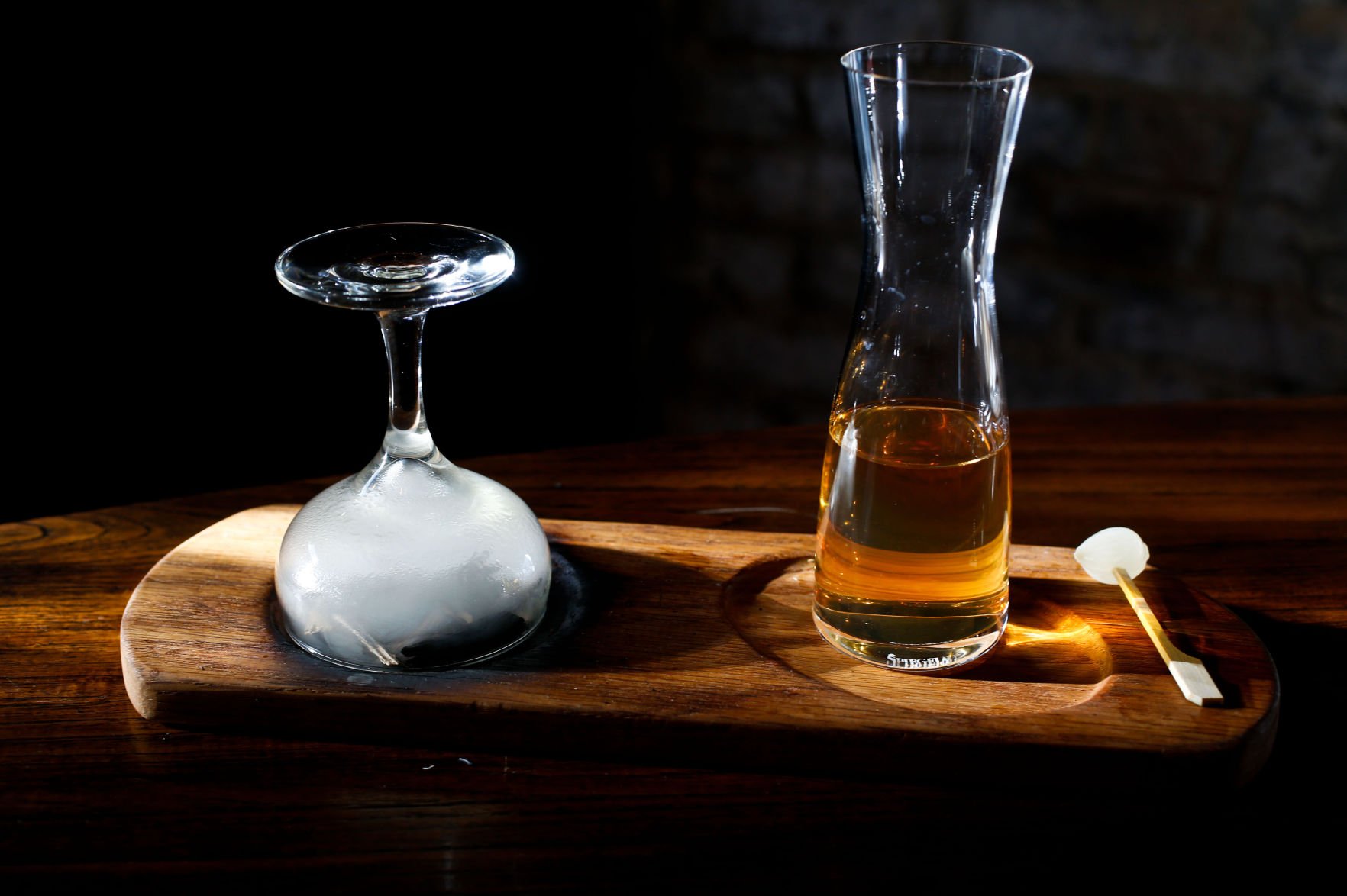

Onion Brine: Even if you submerge two or three good-sized cocktail onions in the drink, the experience of sipping it is surprisingly subtle. My perennial recommendation is Dolin Dry, but Noilly Prat or the Vya Extra Dry both work great, as would others. Vermouth: While I’m pretty particular about the vermouth in Martinis, the hint of onion brine gives this personality that can compensate for the ethereal whispers of the barely there vermouths. You can go with something like Plymouth, that has a classic flavor profile but is a little more full-bodied, or something outright culinary/savory, like the sarsaparilla in Aviation Gin, the Mediterranean herbaceousness of Gin Mare, or the coniferous explosion of St. Personally, though, I like to lean into the savoriness with the gin. Gin: Every gin makes a good Martini, so you’ll have plenty good luck with whatever gin you like. The cocktail’s obscurity is its strength. Not so with onions-no one ever orders Gibsons, so when they do, the bartender has to retrieve the onions from their jar in the back of the fridge. Three giant room-temp olives function as anti-ice cubes, warming up the drink before it ever hits your lips. The first is temperature: Everyone likes olives in their Martini, so the olives are staged on the bartop for speed and ease, and have therefore been at room temperature for hours. Aside from those of us (myself among them) who prefer onions to olives, why drink a Gibson? Asking the people who’ve ordered them from me across the last 15 years, I’ve gotten two main responses: This still doesn’t answer the principal question. Once David Embury got ahold of it in his mysteriously influential The Fine Art of Mixing Drinks in 1948, it became law: “The distinction between the Martini and the Gibson is simple,” he wrote, “The Martini is served with an olive, the Gibson with a small, pickled cocktail onion.” The bitters were beginning to fall off the Martini, and I guess the Gibson had to distinguish itself somehow. A survey of cocktail books from the ‘30s and ‘40s show that half of them have an onion’d Gibson and the other half don’t. Even more annoying: As to precisely when and how it got a pickled onion, no one has any idea. So why a Gibson back then? It used to be that a Martini had orange bitters, and a Gibson didn’t.
Gibson drink with vodka how to#
When the Gibson shows up in print in 1908, in “Cocktail” William Boothby’s, The World’s Drinks and How to Mix Them, it’s just gin and vermouth.


And one of the really annoying things about the Gibson is that it’s also not true. The onion is the Gibson’s defining characteristic, why it exists, and the sole reason that bars across the world stock cocktail onions. Technically, a Gibson is just a Martini garnished with a small, pickled onion instead of the standard olive. This 45-Year-Old Single Malt Comes in a Wild, Maritime-Inspired Bottle One of Italy’s Most Acclaimed Restaurants Is Opening in New York City This Premium Ernest Hemingway-Inspired Rum Is Meant to Be Sipped Like Fine Whiskey


 0 kommentar(er)
0 kommentar(er)
